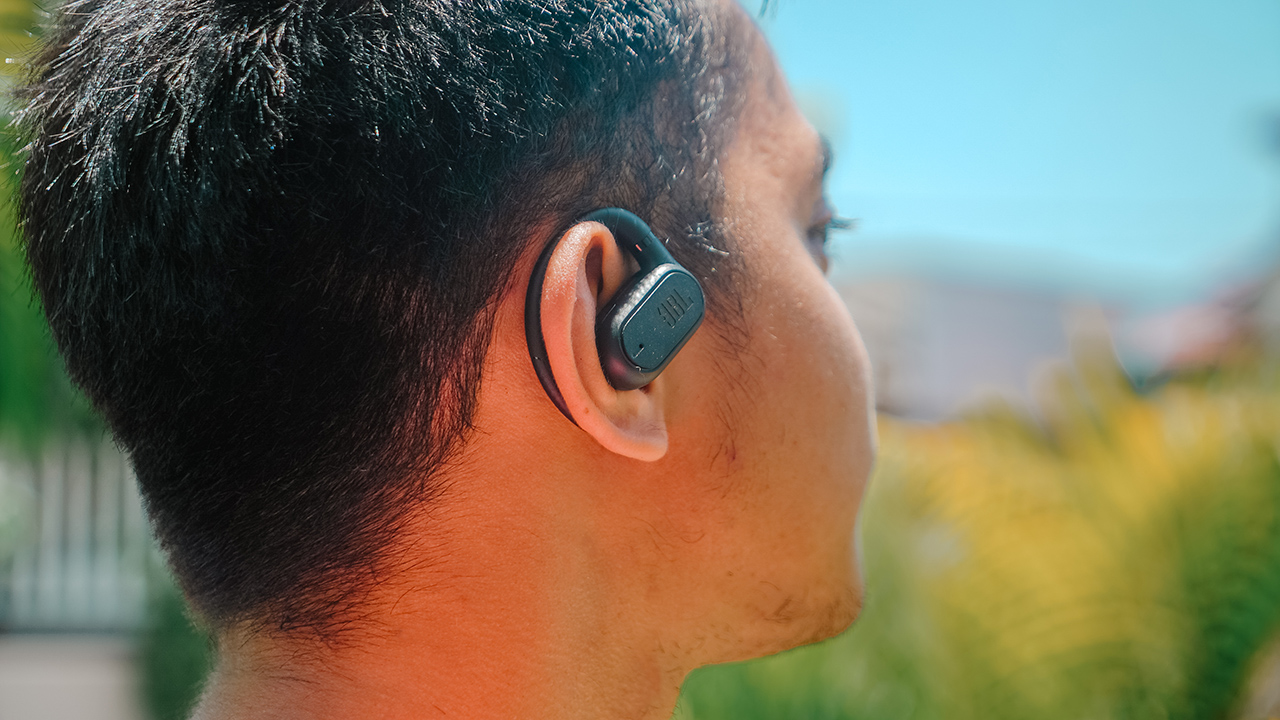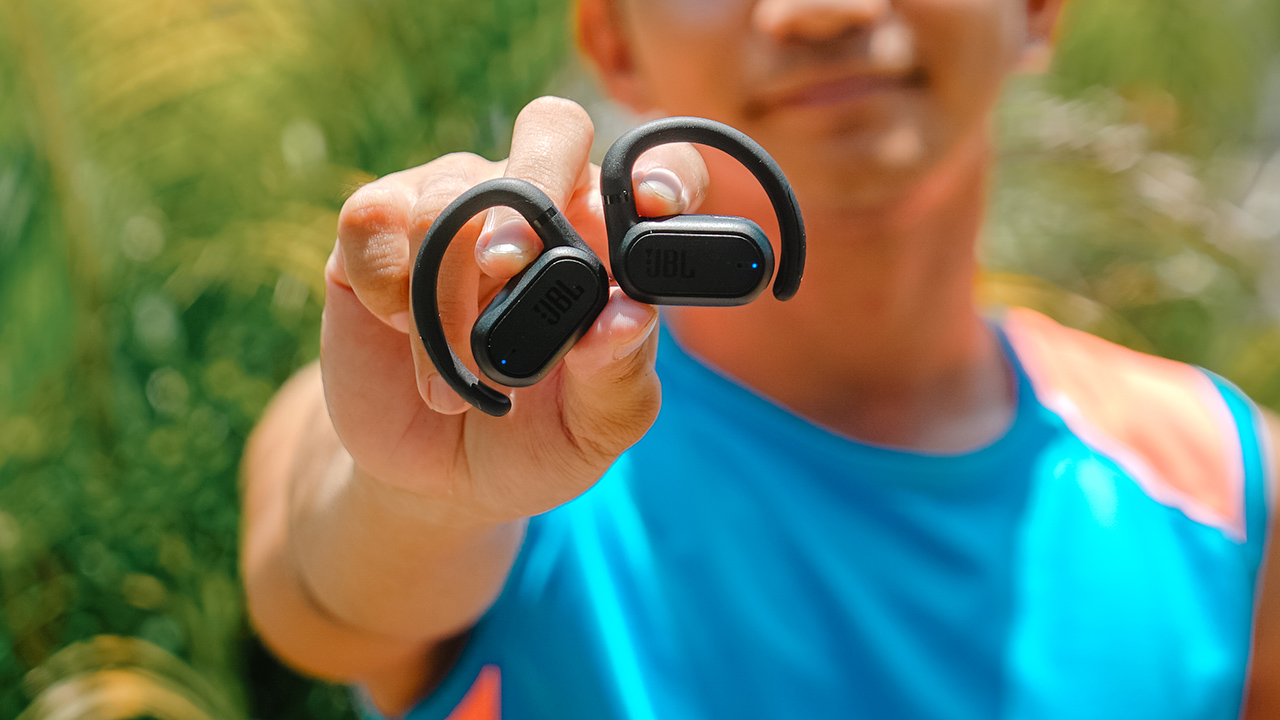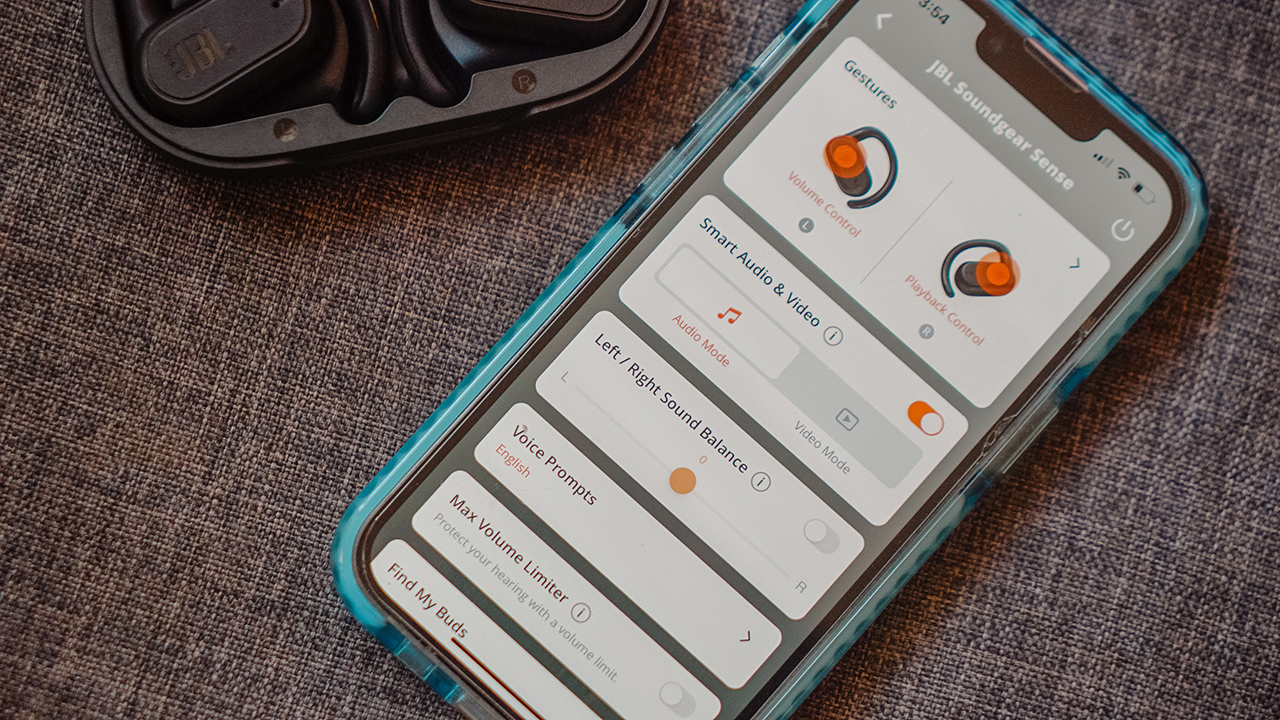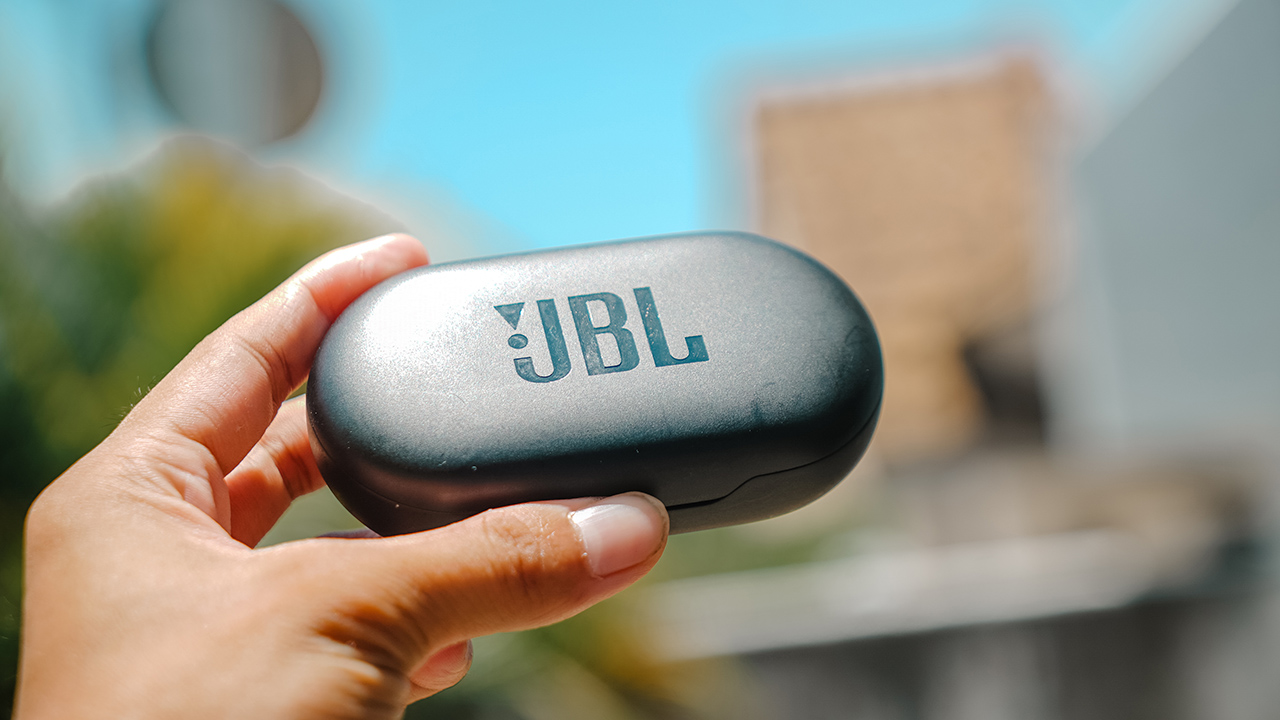Wearables
Apple Watch keeps wrongfully detecting heart problems
According to newly published medical study
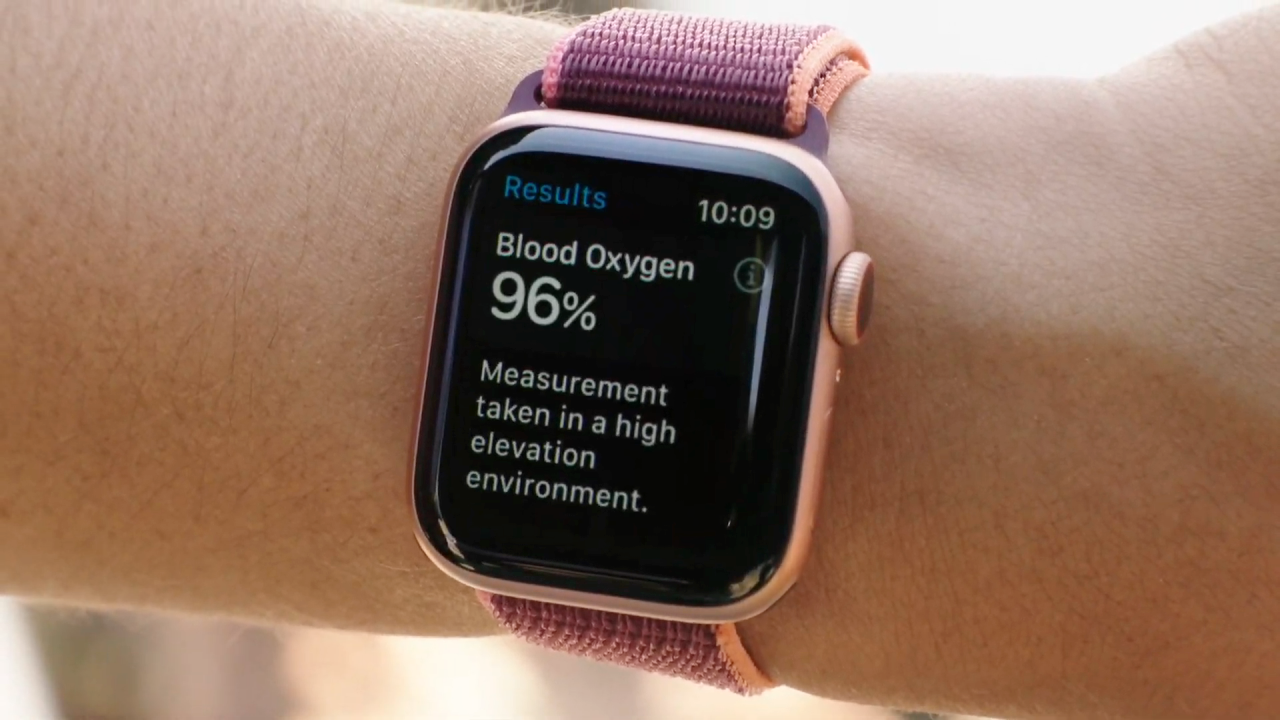
This year, smartwatches became a lot more health conscious. For example, both Apple and Fitbit unveiled more health trackers to help users detect unseen medical conditions. Of course, early technologies also come with a few glitches. According to a new medical report, the Apple Watch keeps wrongfully detecting heart problems.
The scientific study states that only around ten percent of the Apple Watch’s detections resulted in actual heart conditions. As a result, most of the users mistakenly went to the hospital after the Apple Watch’s warning, ending up with unnecessary hospital fees. In a statement to The Verge, the false positives also result in an overburdened healthcare system.
The false positives came from the Apple Watch’s tracker for atrial fibrillation, one of the more recent additions to the fitness tracker ecosystem. As such, some of the detections came from those already diagnosed with the condition.
The study monitored findings between December 2018 and April 2019. The monitored users came from several states: Arizona, Florida, Iowa, and Wisconsin. Though the study is in the United States, the fitness tracker community spans across the globe.
Despite the study’s findings, it’s difficult to ignore a warning pushed on your wrist. Despite the burgeoning of current technology, a fitness tracker or a smartwatch primarily focus on activity during physical activities like working out. It still remains unknown how accurate a fitness tracker can help a user’s healthcare program.
That said, the study’s monitoring period ended last year. Since then, Apple launched the Apple Watch Series 6; Fitbit launched the Fitbit Sense; and Samsung launched the Galaxy Watch 3. Only further studies will tell if the current generation is more accurate.

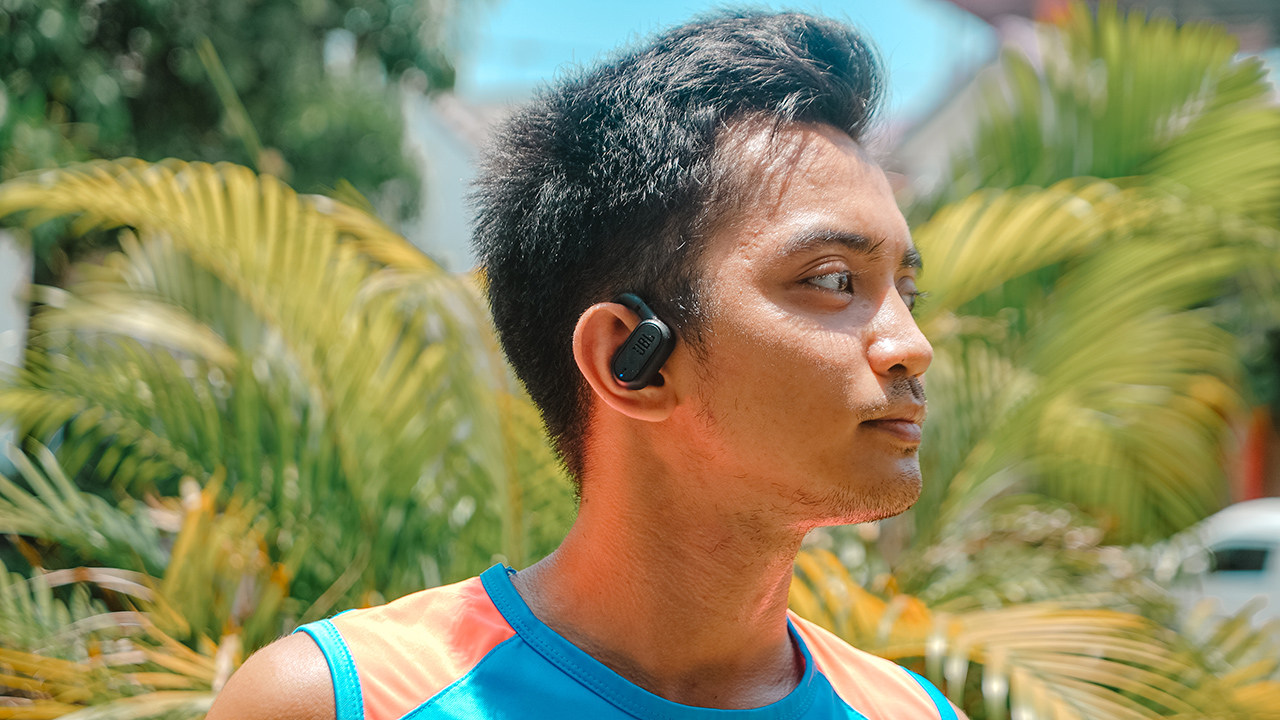
Running has been a form of meditation for most people. To some, it’s a time where your mind goes blank, allowing you to have a break from your stimulated mind.
For others, like yours truly, it’s a moment to sort out thoughts and emotions after having a preoccupied day. A common denominator between runners is doing the activity alone, accompanied only by their smartwatches, a hydration flask, and good music.
I’ve been using true wireless earbuds to accompany me on my runs, but the advent of JBL Soundgear Sense piqued my curiosity.
What is it like to use open-ear headphones when out for a run? To find the answers, I used the Soundgear Sense during my ongoing race season.
Take the long way home
As I put on mileage for my upcoming races, I have been required by my coach to add more slow runs to improve my aerobic base. That entails long, boring runs for an hour or two.
Imagine the agony of finishing a minimum of 10-kilometers by relying on your heart rate and not your pace. That was when I sought solace from the JBL Soundgear Sense.
I didn’t realize that having open-ear headphones would allow me to take on scenic and busy routes without worry that a car might hit me.
Unlike when I use true wireless earbuds that fit snugly in my ears, the Soundgear Sense are hooked and clipped on the curve of my ears without covering the ear canal.
This allowed me to hear my surroundings while still enjoying my favorite songs from Taylor Swift and BINI, a rising P-pop girl group.
Open but still private
Even if the Soundgear Sense has an open-ear design, rest assured that there’s zero sound leakage. JBL’s OpenSound technology made sure that the sound pressure is directed through waves towards the ears, while also reducing sound dispersion.
There’s a certain shame in having people find out whom you’re listening to. Maybe because you don’t intend to share the music you’re enjoying. But if you opt to share your jam, might as well have a Bluetooth speaker, right?
That’s why I liked the idea of keeping it open but still private — in relationships and my wearable. I get to enjoy “Pantropiko” and “Salamin, Salamin” by BINI all by lonesome, while still attuned to my surroundings.
It also helps that each earbud has a 16.2mm driver with a unique bass-enhancing algorithm. The sound allowed me to immerse myself in the songs I was playing, but still aware of the external noises of the streets. Somehow, the Soundgear Sense felt like a second, inner voice whispering thoughts through music.
Hybrid design for hybrid athletes
I don’t just run. I also lift on the same day right after running. Being a hybrid athlete allows me to prepare my body from the demands of multi-sports training and partaking on a Spartan race.
I like how the Soundgear Sense has a hybrid design that makes it apt for different type of workouts. Its adjustable earhooks are clipped perfectly, which doesn’t fall off even when I’m doing plyometrics. It’s also steadily in place even if I sprint and/or do some speed training.
Even when I’m heavily sweating, the Soundgear Sense didn’t slip off. With an IP54 rating, it’s dust-, splash-, and sweat-resistant.
Also, the way it’s designed is secured to fit on whatever activities you have, regardless of sweating. Except gymnastics and parkour, though.
The Soundgear Sense might fall off after you hang or flip from those extreme activities that require being suspended in the air.
For added security, there’s an included neckband inside the box. However, I hate having something dangling on my nape so I never used it.
Moreover, I couldn’t last more than an hour having it clipped even with a supposed hybrid design. It hurts my ears eventually, and I feel like someone was pinching my ears and I couldn’t do anything.
If I have runs for more than an hour, I’d opt not wearing both earbuds.
Easy connectivity
One thing I like about JBL is how easy it is to connect your wearables to your smartphones, be it an iPhone or an Android.
Once both devices are paired, flipping open the case will instantly connect the Soundgear Sense to your smartphone.
While running, I don’t have to constantly check my phone since the Soundgear Sense, along with my Garmin epix Pro (Gen 2), helps me stay connected. With just a single flick on the earbud, I can control my music, volume, and calls.
My friend, Betty, called me one time while I was out for an easy run and she barely realized I was running until I gasped for my breath when running on a steep incline. It’s convenient to have crisp and crystal-clear calls within your reach.
And to make it more convenient, the touch controls can be personalized to your liking. On the left earbud, it’s usually the volume control.
One tap and it increases the volume, while double tapping decreases it. When someone calls, you can double tap to respond or you can tap and hold to reject the call.
The right earbud uses the same call control, but it’s automatically set for playback control. You can switch earbuds depending on the gesture you prefer.
All of these customizations can be done using the My JBL Headphones app.
Definitely long lasting
I have had the Soundgear Sense for two weeks now, and both earbuds still have a half battery life from a single charge. As of writing, the left earbud still has 51% while the right earbud has 56%.
Thanks to its charging case, both earbuds keep recharging every time they’re stowed inside.
But if you’re wondering why the left earbud has a lower battery life, it’s not because I spend too much time watching adult-rated content.
A lot of times, I run with just the left earbud clipped on my ear to stay alert from my surroundings. Even with OpenSound technology, I tend to get lost in the music I’m listening to whenever I have both earbuds hooked.
Considering I’ve amassed more than 70km of running mileage for two weeks with almost 10 hours of running, the Soundgear Sense surprised me with its battery life.
I haven’t charged it since then, which made me wonder how fast it would really be, if I get to drain it down to zero and juice it back up to 100. Perhaps, stay tuned on my Instagram and TikTok accounts?
The Soundgear Sense is expected to let you listen wirelessly for up to 6 hours. You get an extended life of another 18 hours through the charging case. A quick 15-minute charge through the Type-C port gives an additional 4 hours of music.
Is this your GadgetMatch?
For an athlete, the JBL Soundgear Sense surely makes every run magical. The design and technology were innovated with runners in mind. The device integrates seamlessly to any type of active lifestyle.
It will boil down to preference, whether you enjoy an open-ear design clipped onto your ears or you’d enjoy an earbud blocking your ear canal.
As for me, I think I’ll switch and pick the Soundgear Sense to accompany me in my race season. It helps me immerse myself in good music, stay connected, while keeping me attuned to my surroundings. This ensures my safety when out for a run.
It’s easily a GadgetMatch for all types of athletes dedicated to fulfilling their training assignments. It’s also for fitness enthusiasts entering their “runnerist” era.
The JBL Soundgear Sense retails for PhP 9,499. It is available via JBL’s website and select, authorized retailers.

It’s been two months since the launch of the Apple Vision Pro.
That’s enough time for the hype to die down and enough time to revisit my review.
How do I feel about it now? Do I still use it?
Are there any compelling new apps? New experiences?
And do I still think Vision Pro is the future of computing?
Here’s my review of the Apple Vision Pro two months after the hype!
SEE ALSO:
Review Part 1: Out In The Real World
Review Part 2: A Computer In My Head

Huawei is offering another budget smartwatch option for Filipino consumers with the introduction of the Huawei Band 9. The affordable wearable features improved health tracking capabilities, a better screen-to-body ratio, and up to two weeks of battery life.
The Huawei Band 9 is priced starting at just PhP 2,399. Preorders will start April 4th for a promotional price of just PhP 1,999, inclusive of a free coffee cup worth PhP 999. The wearable will officially arrive in-stores on April 27.
Crafted for comfort
The wearable features a similar rectangular 1.47-inch AMOLED screen that has a better screen-to-body ratio than its predecessor, the Huawei Band 8. The display also automatically adjusts the watch face brightness depending on the actual lighting condition, giving users an enhanced experience.
Mindful health management
The Huawei Band 9 integrates Huawei TruSeen 5.5 for improved hardware capabilities, especially with its sensors. This advancement boosts the wearable’s ability to collect data like heart rate and blood oxygen levels more accurately.
Another addition to the Band 9 is its ability to monitor heartbeat irregularities through pulse wave arrhythmia analysis. Moreover, the band supports Huawei TruSleep 4.0, giving users unique sleep tracking for the first time in the affordable series.
Fitness at your fingertips
When it comes to fitness, the device introduces TruSport to complement its 100 sport modes. Activities like running, cycling, swimming, and skipping rope benefit from a 9-axis high-precision sensor that accurately tracks movements and distance. This sensor allows users to record their workouts more effectively.
Beyond aesthetics
The Huawei Band 9 is also available in five colors: Starry Black, White, Lemon Yellow, Charm Pink, and Blue. Additionally, the display supports more than 10,000 different preset watch faces for personalization. More than that, the band is also engineered to last up to 14 days on a single charge, and is complemented by fast charging.
-

 Accessories2 weeks ago
Accessories2 weeks agoApple Vision Pro Review: Two Months Later
-

 Features4 days ago
Features4 days agoFortify your home office or business setup with these devices
-

 Gaming1 week ago
Gaming1 week agoThe Rogue Prince of Persia looks like an ultra-colorful roguelite
-

 Philippines2 weeks ago
Philippines2 weeks agovivo Y100 to release in Philippines on April 27
-

 Deals2 weeks ago
Deals2 weeks agoSamsung Awesome April: Deals on Galaxy A series
-

 Gaming1 week ago
Gaming1 week agoStar Wars Outlaws release date revealed
-

 Accessories1 week ago
Accessories1 week agoLogitech unveils G Pro X 60 gaming keyboard: Price, details
-

 Events1 week ago
Events1 week agoStellar Blade: PlayStation taps cosplayers to play Eve for game’s launch







